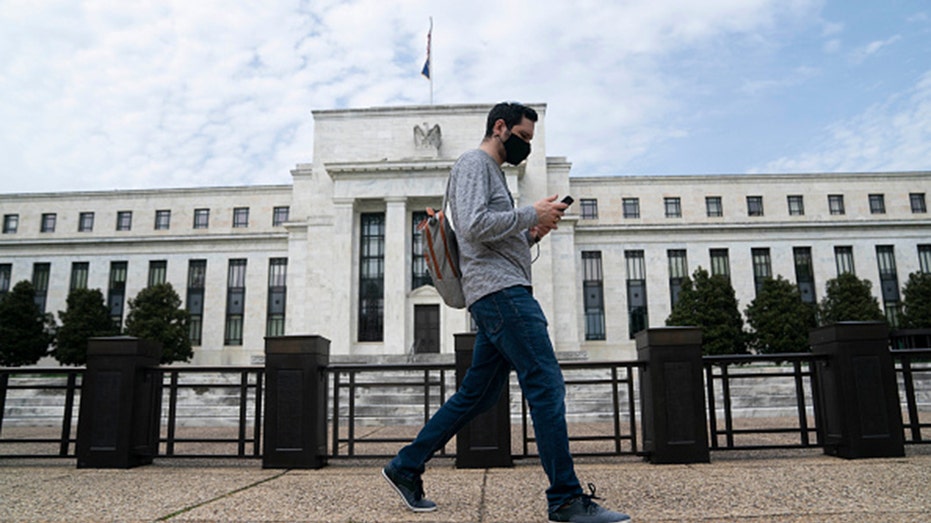The Fed's favorite inflation gauge rose 5.2% in March
Economists expected the gauge to rise by 5.3% in March from the year-ago period
Market strategist: Very good chance we’ve seen peak inflation
BMO Capital Markets chief investment strategist Brian Belski discusses his market outlook.
A key measure of annual inflation that is closely watched by the Federal Reserve continued to run hot in March as the Russian war in Ukraine, widespread supply disruptions, extraordinarily high consumer demand and worker shortages fuel rapidly rising prices.
The personal consumption expenditures price index, which measures costs that consumers pay for a variety of different items, showed that core prices – which exclude the more volatile measurements of food and energy – soared 5.2% in the year through March, according to the Bureau of Economic Analysis. That measurement is the Fed's preferred gauge to track inflation; it marks the 12th consecutive month the measure has been above the central bank's target range of 2%.
ONE OF BIDEN'S FAVORITE ECONOMISTS SEES A HIGH CHANCE OF RECESSION IN NEXT 2 YEARS
However, it was slightly below February's measurement of 5.3%, which was the highest recorded since April 1983.
In the one-month period between February and March, core prices soared 0.3% – matching the level recorded in February. That suggests prices are leveling off, but are not yet falling.

Grocery shopping in Rosemead, California, on April 21, 2022. (Frederic J. Brown/AFP via / Getty Images)
Including food and energy, the inflation gauge jumped 6.6% in March from the previous year, beating out last month's measurement of 6.3% to become the fastest pace since 1981. On a monthly basis, the headline gain shot up by 0.9%.
The inflation spike largely reflected surging energy costs, which rose 33.9% from a year ago, and food costs, which were up 9.2% over that same time period.
The PCE report was accompanied by data on household spending, which showed that consumers shopped at a rapid pace in March, with personal spending climbing by 1.1% before accounting for inflation and 0.2% after adjusting for price increases.
The data is further evidence of a spike in prices illustrated by a separate measure – the consumer price index – which showed inflation rose by 8.5% in March from the previous year, a fresh 40-year high.
Raging inflation has inflicted financial pain on millions of U.S. households, particularly low-income families, eroding wage gains and setting up a massive political challenge for President Biden, who has seen his approval rating sink in conjunction with the rising prices. It has also forced the Federal Reserve to concede that surging prices are not transitory and to take steps to dramatically normalize policy.

A man wearing a mask walks past the U.S. Federal Reserve building in Washington on April 29, 2020. (Xinhua/Liu Jie via / Getty Images)
Fed policymakers voted in March to raise the benchmark federal funds rate by 25-basis points for the first time since March 2020, but they have since confirmed that larger, 50-basis point rate hikes are on the table at coming meetings, beginning in May.
"It is appropriate to be moving a little more quickly," Fed Chairman Jerome Powell said last week during a panel discussion at the International Monetary Fund and World Bank spring meetings. "I also think there’s something in the idea of front end-loading whatever accommodation one thinks is appropriate. So that points in the direction of 50-basis points being on the table."
GET FOX BUSINESS ON THE GO BY CLICKING HERE
Traders are now pricing in a 100% chance of at least a half-point rate jump when policymakers meet on May 3-4. It would mark the first time since 2000 that the U.S. central bank raised the federal funds rate by 50 basis points.





















